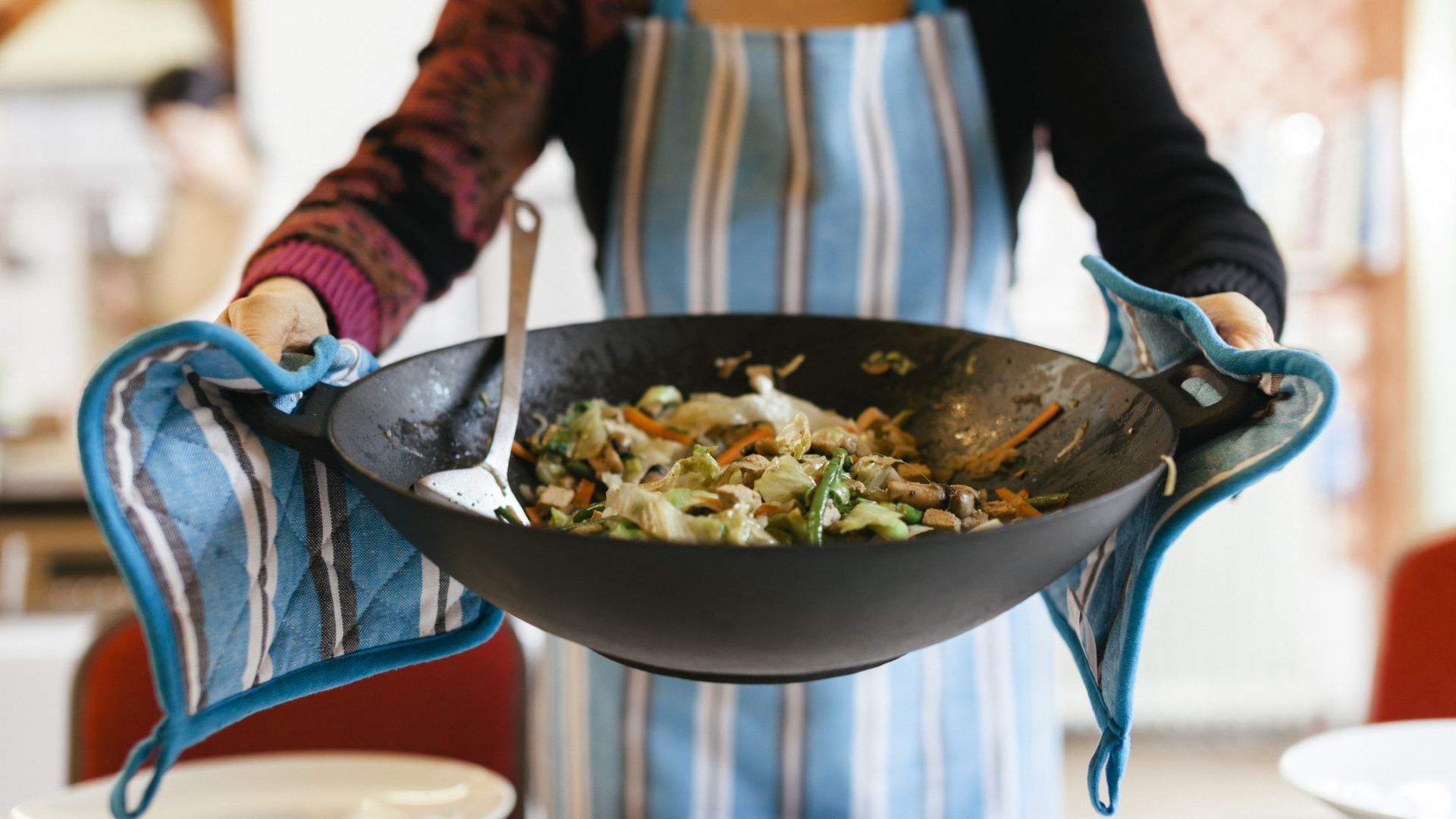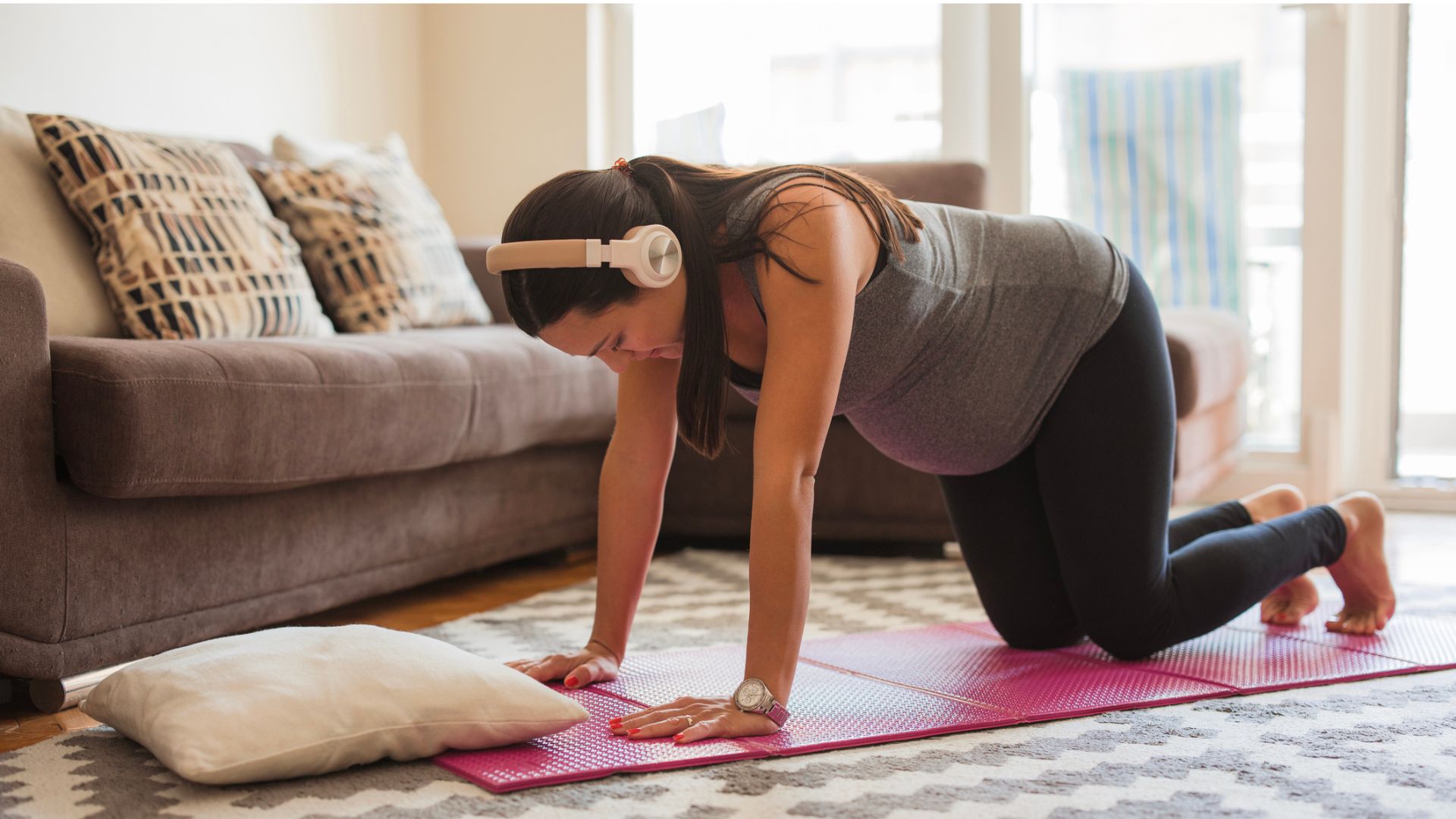Four dietitian-approved tips for volume eating that could help you lose weight
Add interest and nutritional value to your meals, without adding lots of empty calories

Managing your hunger is a challenge when you’re trying to lose weight, but there are easy ways to bulk out your meals and keep yourself feeling fuller for longer.
Volume eating is one method that some dietitians recommend, which involves adding low-calorie ingredients to your meal. While it may seem counterintuitive to add foods when trying to achieve a calorie deficit, it can help you lose weight in the long run.
These top tips from dietitian and weight loss coach Taylor Russell can help you beat your cravings, fend off a binge, and generally make your plate look more interesting.
How to make your meals more filling
A post shared by Tayla-Online Weight Loss Coach (@dietitiantayla)
A photo posted by on
1. Add cauliflower rice to regular rice or mashed potatoes
Bulk out your mashed potato or rice with low-calorie cauliflower to increase the volume of your food. This won’t add many calories to your plate, but it will help you feel fuller for longer.
2. Add frozen veggies for an easy side dish
Frozen vegetables are convenient and usually just as nutritionally rich as fresh ones. They’re low in calories, high in fiber and easy to cook.
Get the Fit&Well Newsletter
Start your week with achievable workout ideas, health tips and wellbeing advice in your inbox.
3. Switch to spaghetti squash or low calorie noodles
Spaghetti squash is much lower in calories than traditional wheat-based noodles, so you can eat more of it and feel fuller without spending too much of your “calorie allowance”.
4. Use raw veggies or a simple salad as an easy side dish
Raw vegetables are high in fiber, vitamins, minerals and add a bit of color and interest to your plate without adding many calories. They’re also packed with flavor so can spruce up a boring meal.
The role of fiber in weight loss
One of the reasons Tayla's tips could help with weight loss is because they add fiber to your meal.
Marine Melamed, a registered dietician for Lumen, explains that fiber can help you feel fuller for longer.
“Fiber fills up space in the stomach and intestines, increasing satiety. When mixed with water, soluble fiber also creates a gel substance in the colon, which increases digestion and absorption times. This reduces appetite and cravings and leads to a prolonged feeling of fullness,” she says.
So, instead of worrying about what you're taking away from your meals when trying to lose weight, think about what fiber-rich foods you can add instead.

Lou Mudge is a Health Writer at Future Plc, working across Fit&Well and Coach. She previously worked for Live Science, and regularly writes for Space.com and Pet's Radar. Based in Bath, UK, she has a passion for food, nutrition and health and is eager to demystify diet culture in order to make health and fitness accessible to everybody.
Multiple diagnoses in her early twenties sparked an interest in the gut-brain axis and the impact that diet and exercise can have on both physical and mental health. She was put on the FODMAP elimination diet during this time and learned to adapt recipes to fit these parameters, while retaining core flavors and textures, and now enjoys cooking for gut health.

